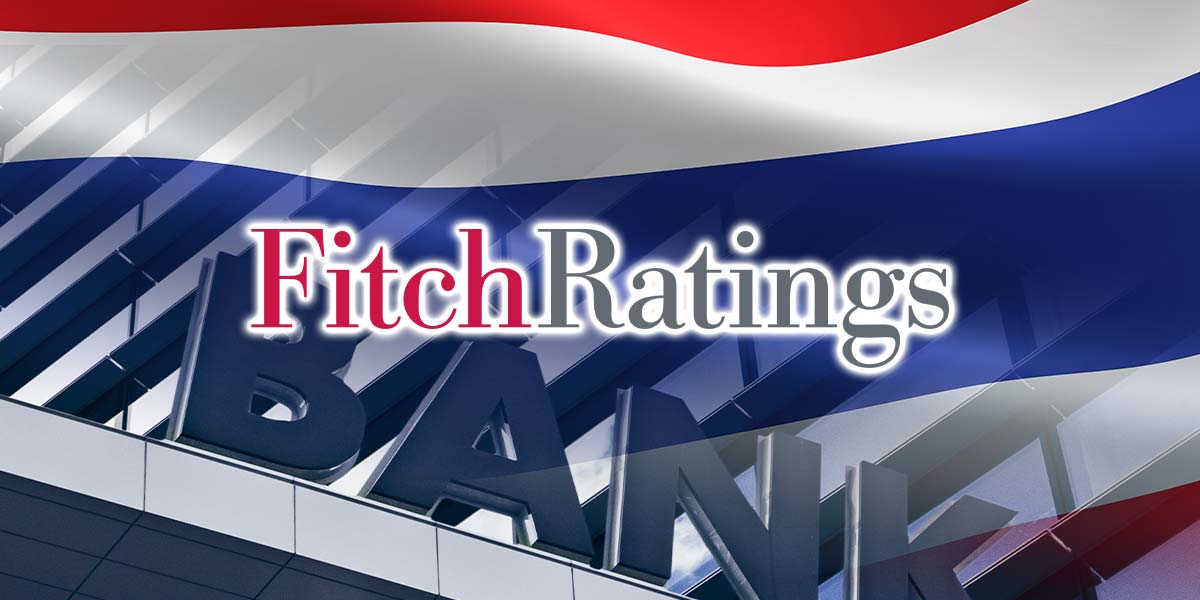As earnings season for the second quarter comes to a close, Thailand’s major commercial banks have released their performance results for the second quarter and first half of 2025 with mixed results. Meanwhile, Fitch Ratings believes that major Thai banks will maintain their buffers despite signs pointing to asset quality risks.
The earnings reports, covering 11 major commercial banks listed in the Thai stock market—including Bangkok Bank (BBL), Kasikornbank (KBANK), SCB X (SCB), Bank of Ayudhya (BAY), TMBThanachart Bank (TTB), Tisco Financial Group (TISCO), Kiatnakin Phatra Financial Group (KKP), Land and Houses Bank (LHFG), CIMB Thai Bank (CIMBT), Krung Thai Bank (KTB), and Thai Credit Retail Bank (CREDIT)—provide a snapshot of the sector’s performance amid ongoing economic uncertainties.
In the second quarter of 2025, the combined net profit for these 11 banks stood at THB 66.24 billion, representing a decline of nearly 3% compared to the previous quarter, which recorded total profits of THB 68.27 billion.
Meanwhile, total non-performing loan (NPL) provisions for the quarter reached THB 57.61 billion, a 5.32% increase quarter-on-quarter but an 8.73% decrease year-on-year. This indicates that, while banks have set aside higher reserves in anticipation of potential bad debts compared to the previous quarter, the overall risk environment appears to have moderated somewhat from the same period last year.
The sector’s profitability dip can be attributed to continued pressures on asset quality and an uncertain macroeconomic outlook, prompting lenders to bolster their capital buffers and maintain prudence in risk management. Investors will closely watch the next quarters for signs of stabilization or further turbulence amidst an evolving global and domestic economic backdrop.
Following this development, Fitch Ratings noted in its report saying, “Thailand’s post-pandemic recovery has been weaker than that of regional peers, and economic prospects in 2025 and 2026 are likely to remain weak amid global uncertainties, adding pressure on banks,” Fitch Ratings says.
“Thai banks’ prospects are further constrained by persistently high household debt, which reduces their appetite for lending and increases downside risks to client repayment capacity.
We expect borrower repayment capacity to weaken in 2025, particularly in the retail and SME client segments that have not yet fully recovered from pandemic disruptions. Nevertheless, Fitch believes major Thai banks have acceptable buffers against substantial downside to asset quality. Loss allowance coverage, supported by past management overlays, remains high for most banks. Core capital has also increased over the past four years at all banks, providing sound defence against unexpected weaknesses,” wrote the rating agency.





